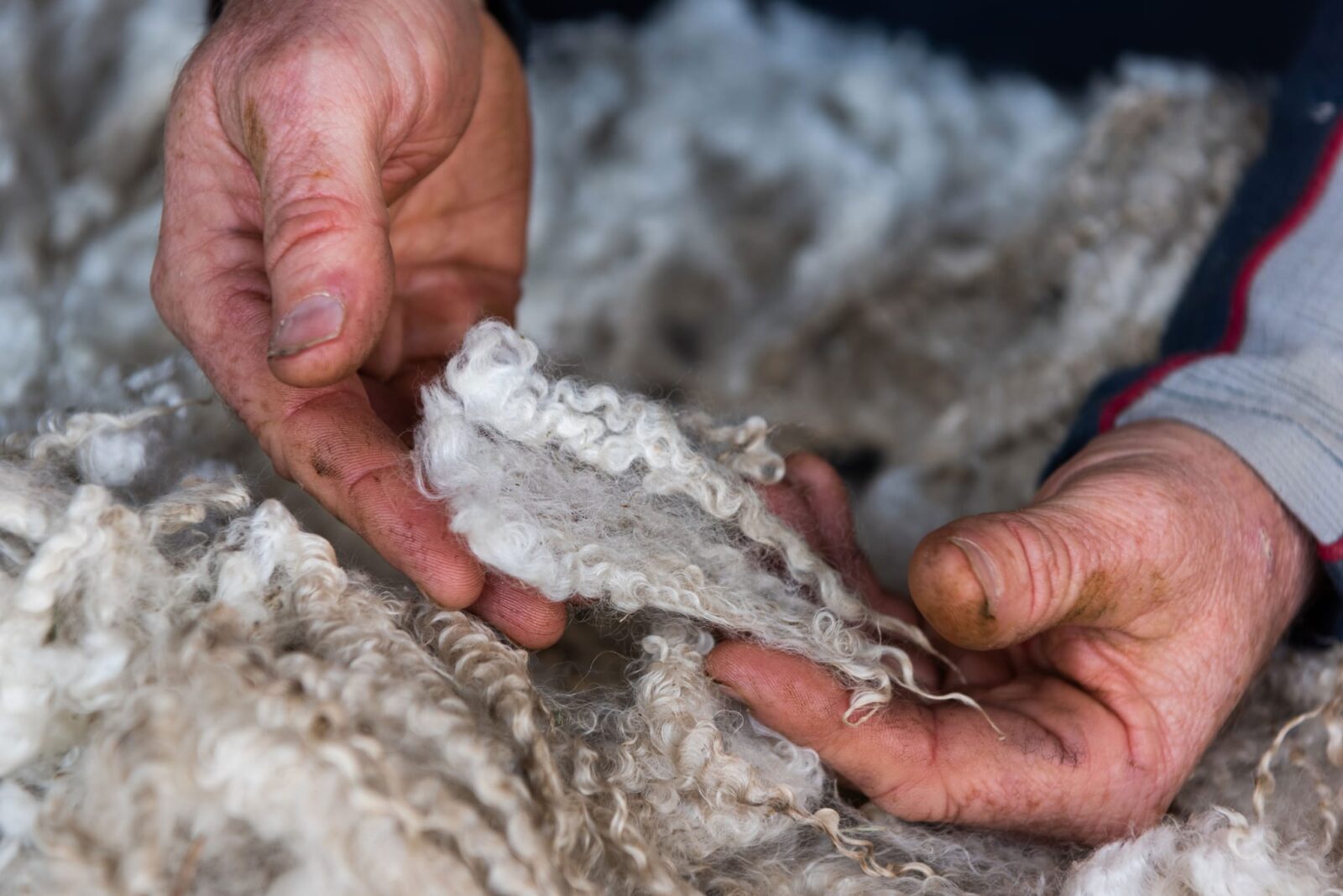Feeding the future: Gary Sansom scholar looks to legumes for poultry nutrition

 GOAT FIBRE / Tuesday, 21 November 2023
GOAT FIBRE / Tuesday, 21 November 2023 
Future Fibre Farming – the AgriFutures Australia goat fibre extension and industry development program – has just been launched with the aim of transforming the hobbyist niche into a mainstream commercial animal fibre.
The Australian goat fibre industry comprises mohair and cashmere sub-industries, which together account for 5.5% of the total global supply. Future Fibre Farming will invest in research extension to provide new information to mohair and cashmere producers to scale their existing production and encourage new producers to the industry.
Heading the team is Dr. Mark Ferguson, a seasoned expert with a background in breeding goats. Alongside him are Principal Investigator Georgia Buchholz, a recent recruit and a range of staff from neXtgen Agri International. With 14 dedicated team members, five based in Australia and the remainder in New Zealand, neXtgen Agri is strategically positioned to collaborate with Agrifutures and leverage the expanding opportunities in the growing goat fibre industry.
Bridging the knowledge gap
AgriFutures Goat Fibre Program Strategic RD&E Plan (2021-2026) highlights there is limited data available to validate the scale of current cashmere and mohair production in Australia.
“The industry is currently made up of lots of small enterprises, which are hobbyist type setups with only a few larger mainstream farmers,” explained Dr Ferguson. “Our vision is to shift this landscape and make the goat fibre industry a viable alternative to sheep and beef.”
To achieve this, the project is planning to conduct an industry survey to gather baseline information on the industry’s demographic, establish an online portal for knowledge sharing, and launch a podcast to support industry growth.
“If you wanted to start out as a goat farmer it’s pretty hard to know where to go to get the information you need, particularly if you wanted to farm at a large scale,” explained Dr Ferguson.
“The goal is to bridge the information gap by creating a central online hub, “The Goat Fibre Gateway”, where people can go to access both the economic and on-farm aspects of goat farming, upcoming events, and a resource library including fact sheets and case studies.” The Fibre Frontier podcast is a key feature that brings together growers, researchers, fibre buyers, processors veterinarians and international guests to share yarns.
“Improved information flow and better awareness will hopefully make a positive impact on the rate of industry growth, which is our primary objective,” he said.
To transform an industry, the project team knows a crucial stepping stone is shifting the perception of goat farming in the eyes of service providers.
“Towards the end of 2024 we will be looking to hold on-farm events and building case studies that will really help to change perceptions in a more specific, targeted way,” he explained.
“Field days will present tips and tricks for service providers in the goat industry. For example, we’ll be showing shearer’s different handling processes that make it easier on them to handle goats.”
“Most importantly, through these on-farm events we want to get rid of the ‘hobby’ stereotype that currently marks the industry and make sure that people are aware that the goat fibre industry is actually a viable alternative to sheep and cattle,” he said.
“We’re in the end stages of working out what will resonate most with growers, but taking what we know from the sheep and beef industries and applying it to goats will inevitably shift the industry towards a more commercial focus,” said Dr Ferguson.
Big bucks on offer
Australian goat fibre, renowned for its exceptional quality, is used for producing some of the world’s finest and most expensive clothing and furniture fabrics.
A 2020 SWOT analysis of the cashmere and mohair industries, as profiled in the AgriFutures Goat Fibre Program RD&E Plan, found many existing strengths and new opportunities for this ‘forgotten’ fibre of the fast-fashion generation. The analysis pinpointed that cashmere is well-suited to the Australian climate and shifting consumer preferences post-COVID-19 could open up novel avenues. Additionally, it highlighted the potential for elevated goat fibre prices to act as a catalyst for transforming meat goat producers into cashmere producers.
On the other hand, the mohair industry is already in a robust position, boasting a clean, green, and sustainable image, coupled with proven profitability opportunities when compared with wool. By strategically capitalising on emerging market opportunities and investing in marketing and extension efforts, the mohair industry has the potential to transition seamlessly into a commercially viable platform. “The current global supply of goat fibre is not enough to meet the growing demand,” said Dr Ferguson.
With a budget edging on $500,000 and a timeline spanning from November 2023 to September 2026, the Future Fibre Farming project, is poised to spearhead a transformative era for the nation’s goat fibre industry, capitalising on global demand and ultimately shifting the landscape of Australian goat fibre production.
Download the AgriFutures Goat Fibre Program Strategic RD&E Plan (2021-2026)
Keep up to date with the latest in the AgriFutures Goat Fibre Program
 CHICKEN MEAT / 21.11.23
CHICKEN MEAT / 21.11.23  THOROUGHBRED HORSES / 21.11.23
THOROUGHBRED HORSES / 21.11.23  THOROUGHBRED HORSES / 21.11.23
THOROUGHBRED HORSES / 21.11.23  WORKFORCE AND LEADERSHIP / 21.11.23
WORKFORCE AND LEADERSHIP / 21.11.23